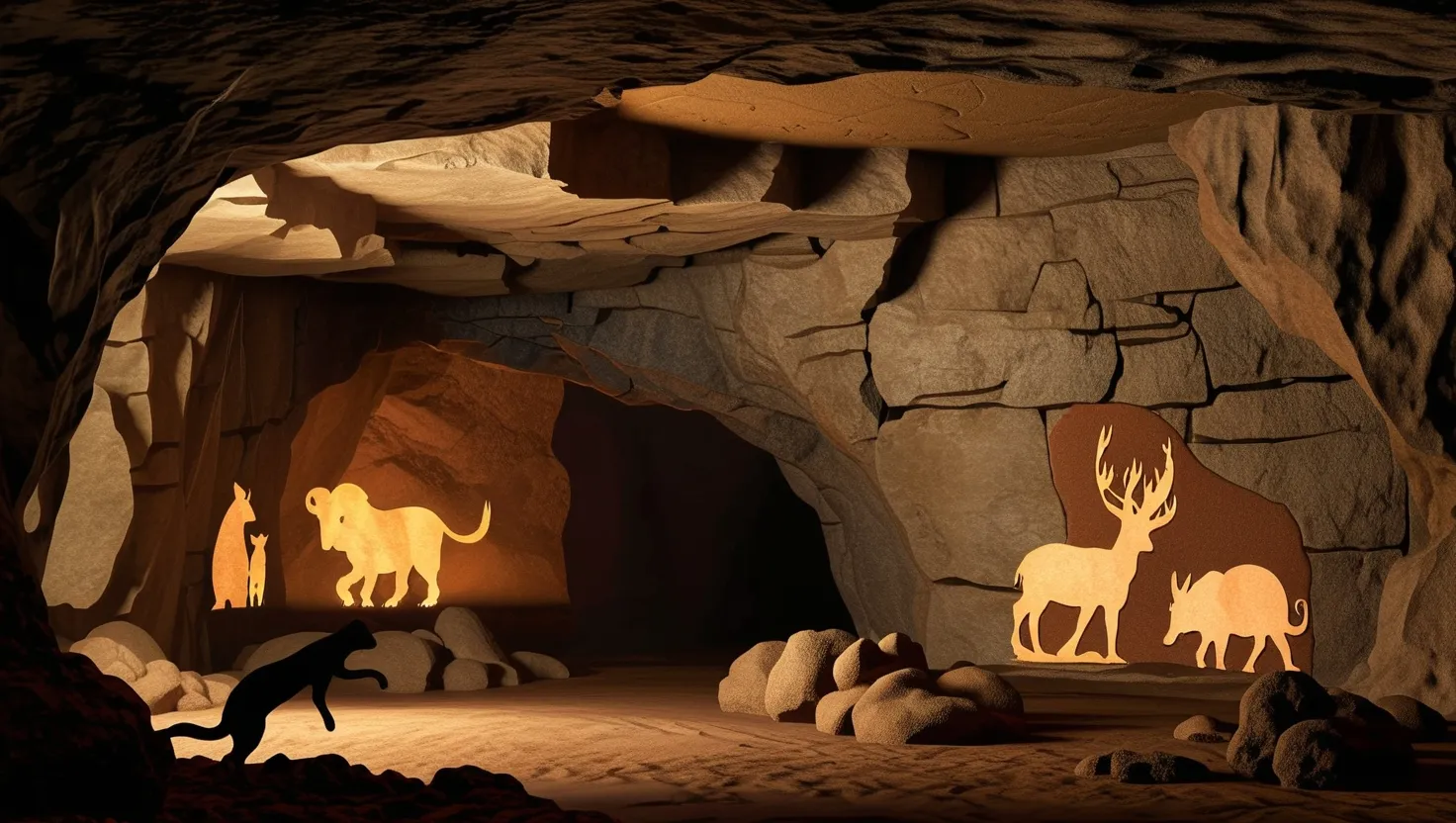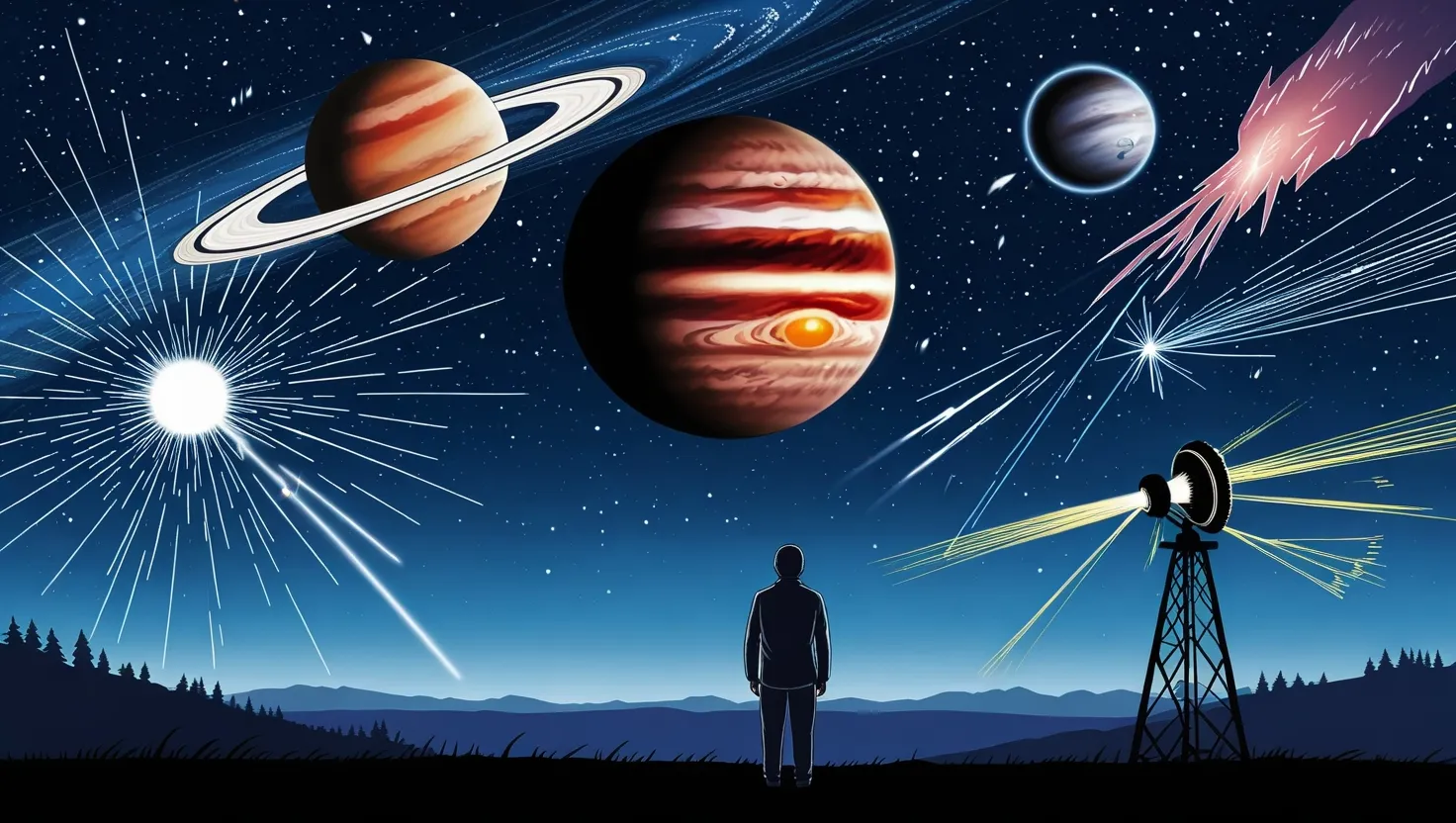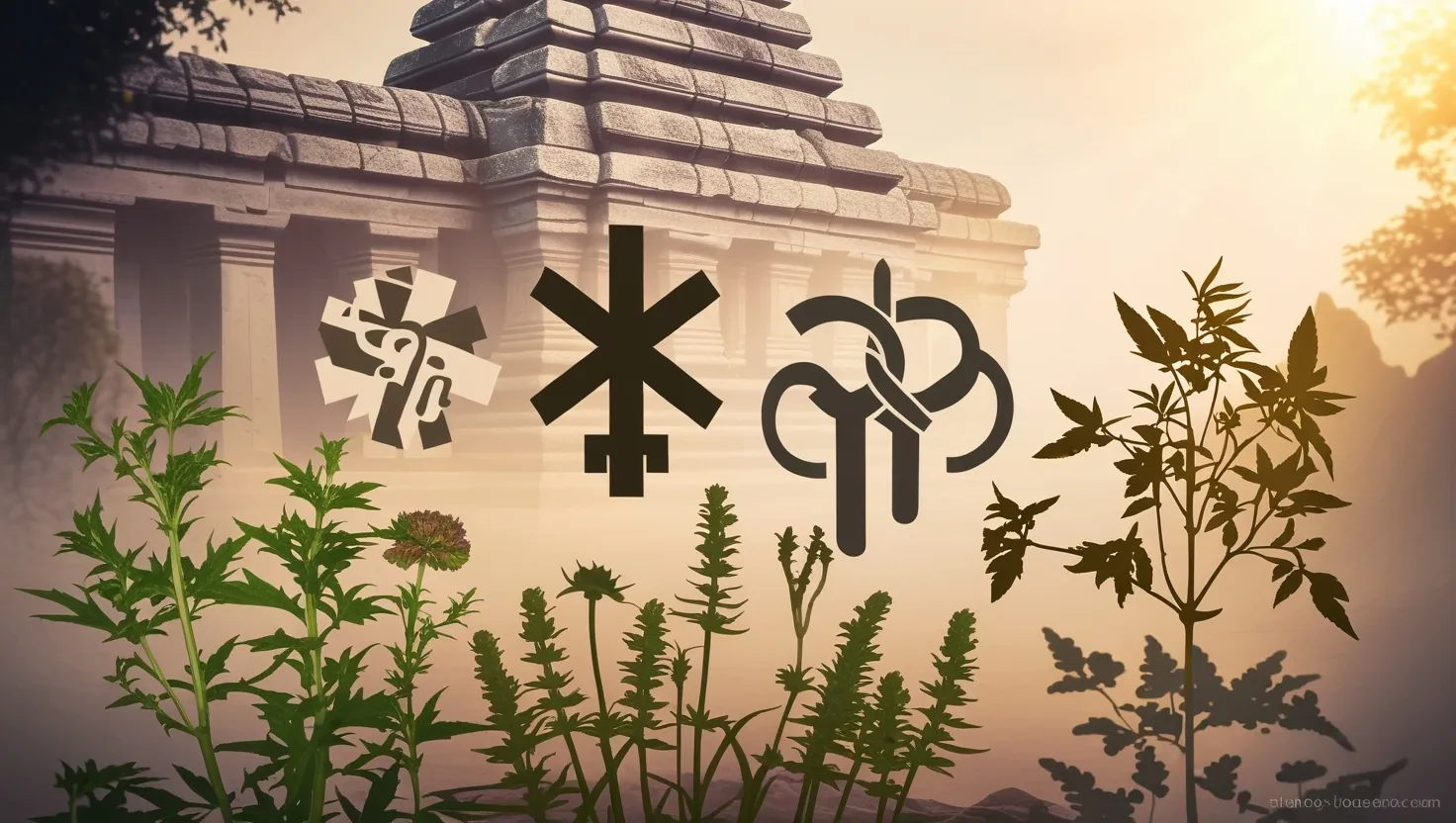Caves have long captivated our imagination, serving as portals to the past and windows into the lives of our ancestors. As I delve into the world of remarkable cave discoveries, I’m struck by how these hidden chambers have fundamentally altered our understanding of human history. These subterranean time capsules have yielded treasures that challenge our preconceptions and rewrite the narrative of our species’ journey.
Let’s start our exploration with the Lascaux Cave, a veritable Sistine Chapel of prehistory. Discovered by chance in 1940 by four teenagers and their dog, this cave in southwestern France houses an astonishing gallery of Paleolithic art. The walls are adorned with over 600 paintings, primarily of large animals that once roamed the region. What’s truly mind-boggling is the sophistication of these 17,000-year-old artworks. The artists used perspective, shading, and even a form of x-ray style to depict internal organs. This level of artistic prowess forces us to reconsider our assumptions about the cognitive abilities of our Stone Age ancestors.
“Art is the signature of civilizations,” said Beverly Sills. How true this rings when we gaze upon the masterpieces of Lascaux. What stories did these ancient artists tell through their paintings? What rituals or beliefs inspired such creative expression?
Moving eastward to the Altai Mountains of Siberia, we encounter the Denisova Cave. This unassuming cavern held a secret that would shake the foundations of paleoanthropology. In 2008, researchers unearthed a tiny finger bone that, upon DNA analysis, revealed the existence of a previously unknown human species - the Denisovans. This discovery not only added a new branch to our family tree but also provided evidence of interbreeding between different human species. The implications are profound, suggesting a more complex and intertwined human evolution than we had ever imagined.
The Denisova Cave findings raise intriguing questions. How many other human species might have existed? What unique traits did the Denisovans possess, and how did they interact with other human groups?
Our journey through time takes us to the arid landscape of the Dead Sea, where the Qumran Caves yielded one of the most significant archaeological finds of the 20th century - the Dead Sea Scrolls. Discovered between 1947 and 1956, these ancient manuscripts have revolutionized our understanding of early Judaism and the origins of Christianity. The scrolls, some dating back to the 3rd century BCE, include the oldest known copies of books from the Hebrew Bible and previously unknown texts.
As I ponder the significance of the Dead Sea Scrolls, I’m reminded of Thomas Cahill’s words: “The Jews started it all—and by ‘it’ I mean so many of the things we care about, the underlying values that make all of us, Jew and gentile, believer and atheist, tick.” How have these ancient texts shaped our modern world views and religious practices?
Venturing back to France, we encounter the Chauvet Cave, a site that has fundamentally altered our timeline of human artistic expression. Discovered in 1994, this cave contains artwork dated to an astounding 32,000 years ago. The quality and complexity of these paintings are on par with much later Paleolithic art, challenging our assumptions about the development of human creativity and technical skill.
The Chauvet Cave paintings depict a wide array of animals, including species long extinct in Europe, such as cave lions, panthers, and woolly rhinoceroses. The artists used sophisticated techniques like perspective, shading, and movement, creating dynamic scenes that seem to come alive in the flickering light of a torch.
What inspired these ancient artists to create such masterpieces deep within the earth? Were these paintings part of spiritual rituals, or were they early attempts at recording the world around them?
Our final stop takes us to the Mediterranean coast of France, where the Cosquer Cave presents a unique window into our ancestors’ world. Discovered in 1985 by diver Henri Cosquer, this cave can only be accessed through a 37-meter underwater tunnel - a consequence of rising sea levels since the last ice age.
The Cosquer Cave contains Paleolithic art dating back to 27,000 years ago, including depictions of marine life such as seals and penguins - rare subjects in cave art of this period. The partially submerged nature of the cave has preserved these artworks, providing valuable insights into the changing environment our ancestors faced.
As I reflect on the Cosquer Cave, I’m struck by the resilience and adaptability of our species. How did our ancestors cope with the dramatic climate changes of the ice age? What can their experiences teach us about facing our own climate challenges?
These five remarkable cave discoveries have fundamentally reshaped our understanding of human history. They’ve pushed back the timeline of artistic expression, revealed unknown human species, preserved ancient religious texts, and provided glimpses into long-lost environments.
But perhaps more importantly, these caves remind us of the enduring human spirit - our innate curiosity, creativity, and resilience. They challenge us to question our assumptions about our ancestors and to recognize the complex tapestry of human evolution and cultural development.
As we continue to explore the hidden corners of our planet, what other secrets might we uncover? What other chapters of our story remain to be written? The caves have shown us that our history is far richer and more complex than we ever imagined. They invite us to keep exploring, keep questioning, and keep marveling at the incredible journey of our species.
In the words of Carl Sagan, “Somewhere, something incredible is waiting to be known.” As we stand at the mouth of these ancient caves, peering into the darkness, we’re reminded that the greatest discoveries may yet lie ahead. What will be the next cave to rewrite our history books? Only time, and our relentless curiosity, will tell.






